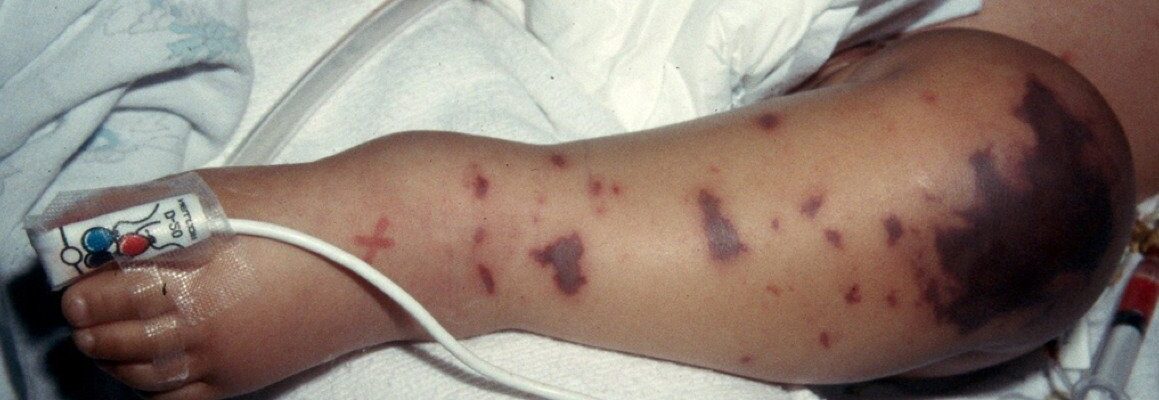Early detection of meningococcemia greatly increases the chances of successful treatment and recovery. The disease is typically treated with various types of penicillin or chloramphenicol for those allergic to penicillin. However, if the infection becomes severe and spreads throughout the body, it requires immediate medical intervention as it is considered a medical emergency. Patients in critical condition are usually admitted to the intensive care unit (ICU) for close monitoring and specialized care.
Treatment for meningococcemia generally includes the following:
- Administration of strong antibiotics. High-dose antibiotics, such as ceftriaxone or cefotaxime, are given intravenously (IV) to combat the infection effectively.
- Respiratory support. Mechanical ventilation or oxygen therapy is provided to assist with breathing if the infection compromises respiratory function.
- Medications to aid blood clotting and replenish lost platelets. These are given to manage complications like disseminated intravascular coagulation (DIC), a condition that causes abnormal blood clotting and bleeding.
- Intravenous fluid replacement. Fluids are administered through an IV to prevent dehydration and support the circulatory system.
- Treatment for low blood pressure. Vasopressors or other medications are used to stabilize blood pressure and maintain adequate blood flow to vital organs.
- Wound care. Any skin lesions or damage caused by the infection are treated to prevent further complications.
Early Diagnosis Is Crucial
Meningococcemia progresses rapidly, and delays in treatment can lead to severe complications or death. If symptoms such as fever, rash, rapid breathing, or changes in mental status occur, seek immediate medical attention. With prompt care, many patients recover fully, but close follow-up is often necessary to monitor for long-term effects or recurrence.


